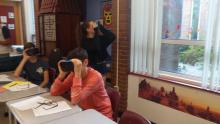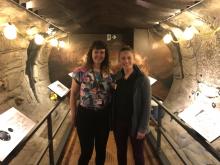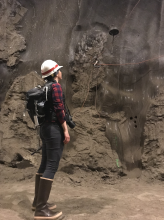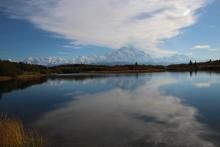Update
Now Archived! PolarConnect event with Kim Young and researcher Christina Minions from Weston, Massachusetts on 8 April 2019. You can access this and other events on the PolarConnect Archives site.
What Are They Doing?
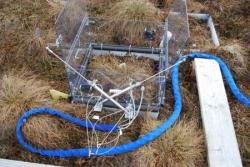
Where Are They?

Toolik Field Station is operated by the Institute of Arctic Biology (IAB) at the University of Alaska Fairbanks (UAF) and has hosted hundreds of researchers and students every year since 1975. We will also conduct research at the Eight Mile Lake watershed on the North Slope of the Alaska Range near Healy, Alaska. The Eight Mile Lake site has been affiliated with the Bonanza Creek LTER and IAB at UAF since 2008.
Latest Journals
Sue Natali is an assistant scientist at Wood Hole Research Center (WHRC). Her research focuses on the interactions and feedbacks between plant and soil communities and their environment and seeks to better understand the impacts of environmental change on ecological processes and biogeochemical cycles. Dr. Natali conducts her research in boreal and tundra ecosystems in Alaska and Siberia. Learn more about Dr. Natali and her work at the WHRC webpage.

Dr. Jennifer Watts grew up in northern landscapes and feels a personal connection to the places and ecosystems she studies. She is interested in patterns and mechanisms of change in terrestrial environments, particularly the tundra, wetlands and forests in the Arctic-boreal regions of Alaska and Canada. She is also very fond of the semi-arid grasslands in the Rocky Mountain West. Her work draws on remote sensing, carbon flux measurements, hydrology and ecosystem modeling to understand how climate change and human disturbance are affecting vegetation and soils and ultimately, the carbon cycle.

